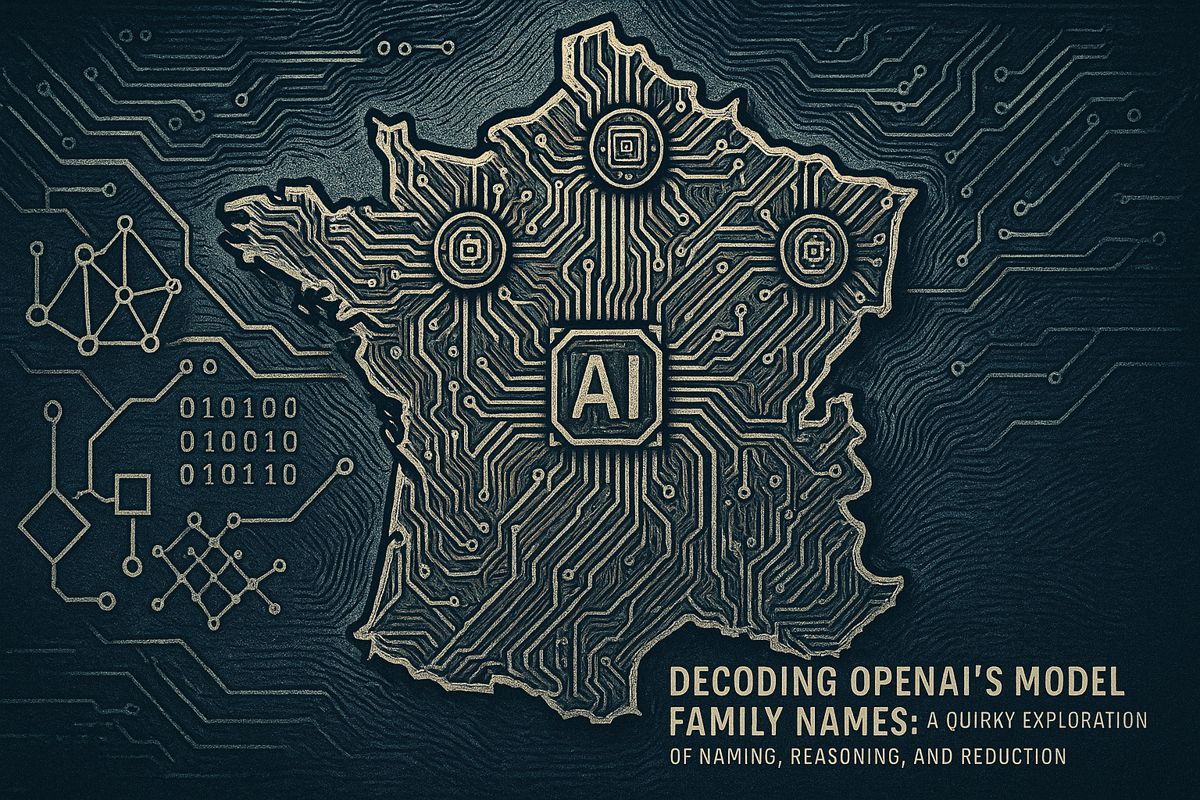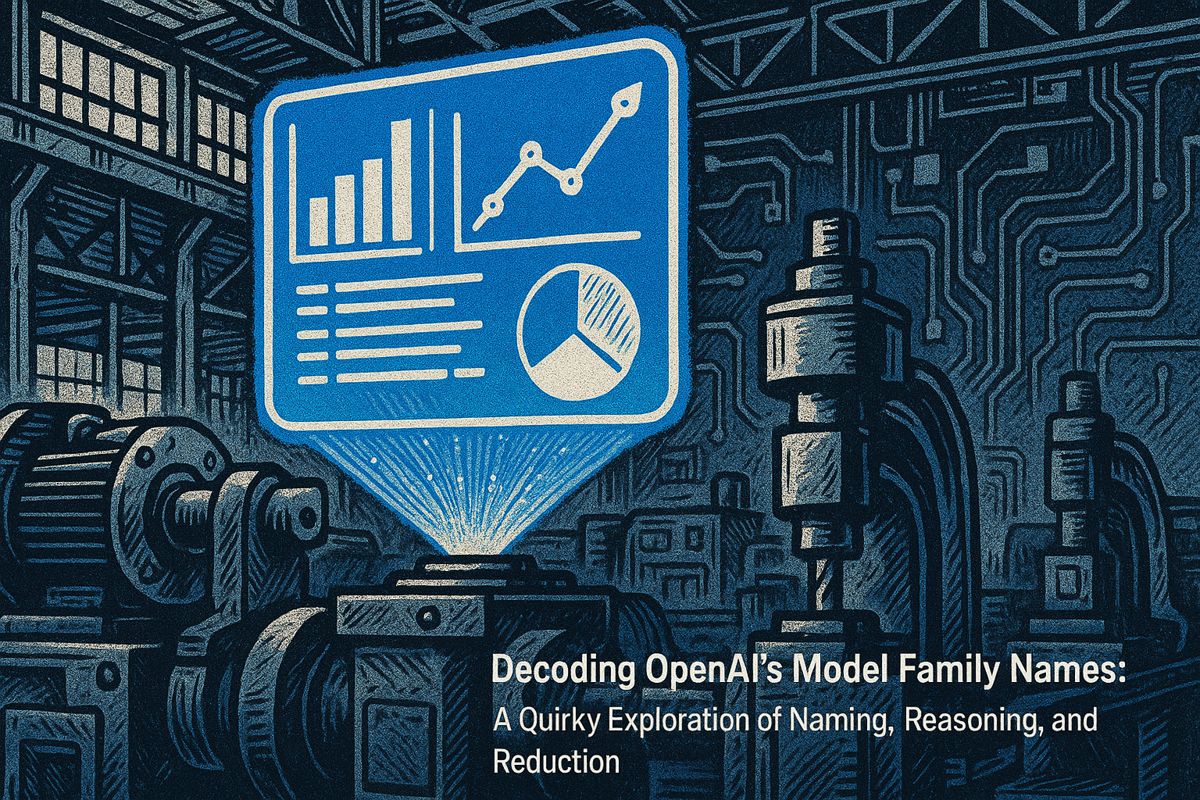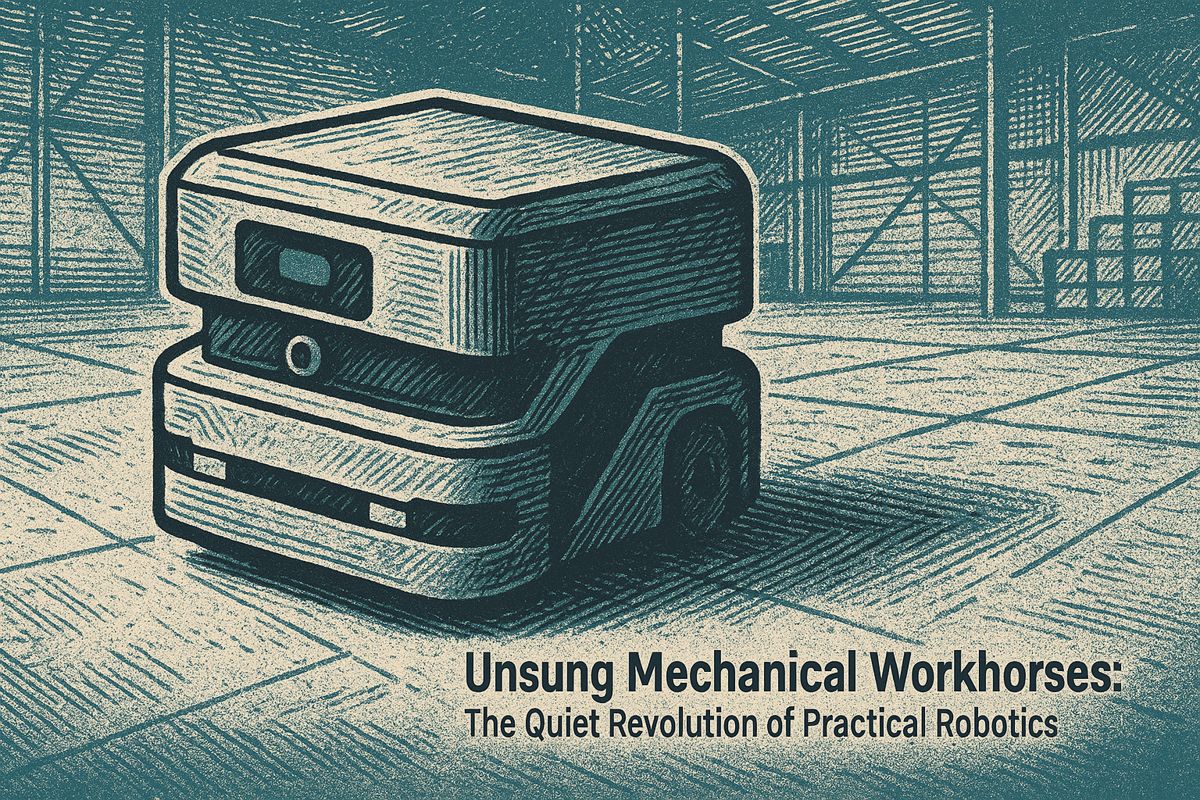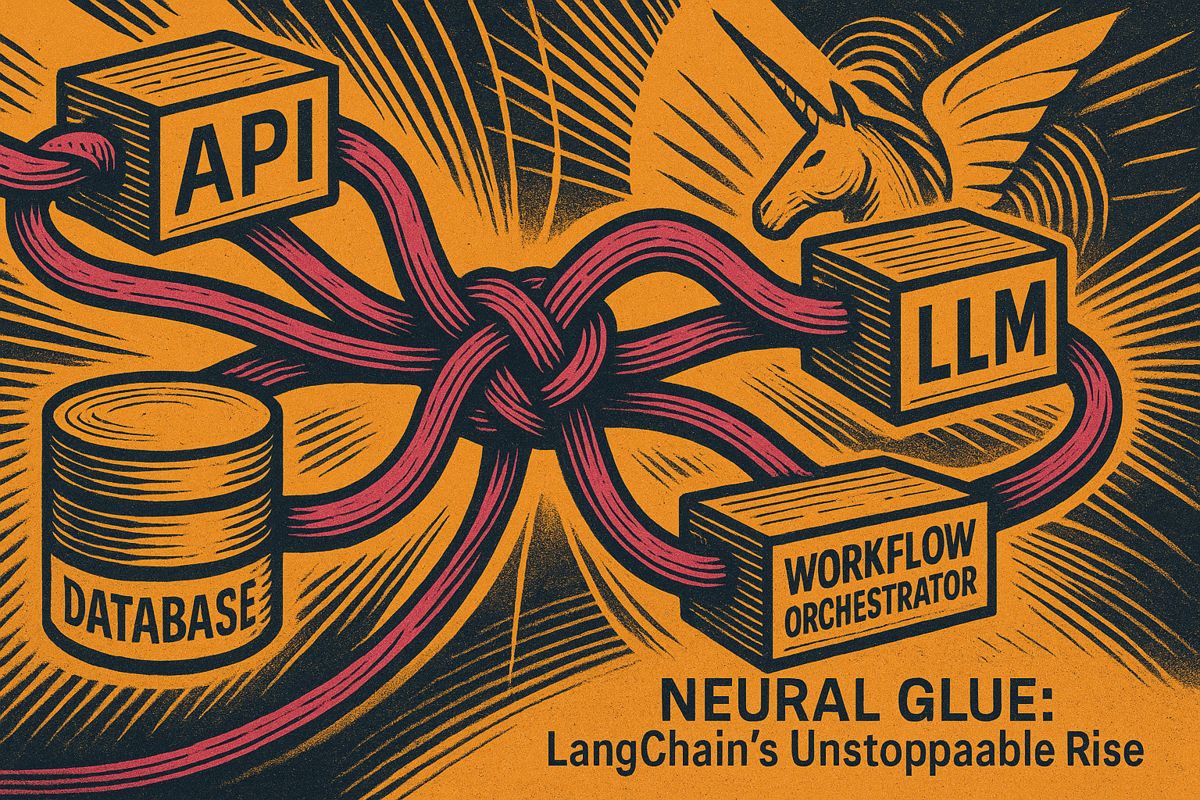Here’s the text with the most important phrase emphasized in markdown bold:
France is pioneering a unique national AI evaluation framework that prioritizes local cultural nuances and technological sovereignty. By investing €109 billion, the country aims to develop AI systems that deeply respect French language, values, and societal priorities, moving beyond US-centric models. The initiative involves creating specialized benchmarks, collaborating with institutions like Hugging Face and INERIA, and embedding ethical considerations directly into AI development. This approach seeks to build a more culturally sensitive and locally controlled AI ecosystem that reflects French identity and technological ambitions. By 2025, France hopes to establish a robust infrastructure that sets new standards for responsible and culturally aware artificial intelligence.
What Makes France’s Approach to AI Evaluation Unique?
France is developing a national AI evaluation framework that prioritizes local cultural nuance, ethical design, and technological sovereignty. By investing €109 billion and creating specialized benchmarks, France aims to create AI systems that respect French language, values, and societal priorities, distinct from US-centric models.
From Sci-Fi Fantasies to Real-World Governance
Sometimes, a headline can yank you back in time. This week, France’s announcement of a national AI evaluation framework sent me tumbling into memories of when “AI” meant little more than speculative fiction. Back then, “governance” sounded like HR’s problem, not something tangled up with GPUs and language models. Now? The landscape’s changed – and if you’ve ever watched a chatbot turn “c’est la vie” into “that’s spinach,” you’ll understand why France’s move caught my attention with an almost electric thrill.
There’s nothing quite like wrestling an English-trained model through the brambles of French idiom. I once had a demo where the model insisted “pomme” meant “bomb” – not appetizing for a food-tech pitch in Paris. When I heard that France was launching its own official model evaluation platform, I felt a mix of awe and (if I’m honest) envy – the kind you get watching a friend renovate their kitchen while you’re microwaving leftovers.
But France’s new approach is about more than just technical muscle. The government-backed LMsys variant – yes, the same LMsys known for the Chatbot Arena – isn’t just a clone of Silicon Valley’s model. France is reaching for something deeper: local control, cultural nuance, and a framework that fits like a well-tailored suit instead of an off-the-rack hoodie.
The Machinery of Sovereignty
It’s not just a matter of copy-pasting American systems. A public screenshot of France’s homegrown interface has been circulating, and it’s sparking discussion from Marseille cafes to the halls of the European Commission. This is about sovereignty – not just over code, but over the standards that shape the next wave of intelligence. The move is aligned with the EU’s drive for technological self-determination, as outlined in the newly minted AI Act (which, by the way, lands with full force in August 2024).
Why pour resources into this? For one, national frameworks let countries steer AI toward their own ethical and cultural priorities. Just imagine: a French model that “gets” Balzac as easily as it parses Facebook posts. There’s a tactile, almost café-au-lait aroma to the idea, isn’t there? I’m struck by how the French institutions – Inria, LNE, GENCI, and even Hugging Face – are pooling their expertise, not just to build benchmarks, but to weave local identity into the digital fabric.
By January 2025, INESIA (the National Institute for the Evaluation and Security of Artificial Intelligence) will open its doors. Here, policymakers, researchers, and, let’s be honest, more than a few skeptics, will test, prod, and shape the future of AI in France. Could this be the Rosetta Stone for ethical machine learning in Europe? It’s ambitious, and I’ll confess, a little intimidating to watch unfold.
Ambition, Accountability, and a Pinch of Gallic Flair
Macron wasn’t mincing numbers at the 2025 Paris AI Summit. €109 billion – that’s the planned investment into AI development, infrastructure, and training over the coming years. I had to double-check that figure, wondering if I’d missed a decimal point. The strategy? Train a new generation of AI professionals, democratize access to data (not an easy ask), and build what’s touted as Europe’s most formidable computing backbone.
But France wants more than just raw horsepower. The French Language Model Leaderboard, built in collaboration with the Ministry of Education and Hugging Face, is set to become a beacon for model transparency and performance in the French language. No more relying on US-centric benchmarks – this is about having your cake and eating it too, as long as the cake is a mille-feuille.
What really leaps out is the emphasis on “Ethics by Design,” a principle at the heart of the Villani Report. Rather than tacking on rules after the fact, France is baking ethics straight into the training data and code. I’ll admit: in my own projects, I’ve sometimes bolted on a privacy warning as an afterthought – lesson learned (I hope). Here’s the kicker: CNIL, France’s famed data guardian, is now steering AI oversight, giving policy some real teeth.
Global Ties and the Road Ahead
Let’s be clear: generative AI isn’t just a technological leap, it’s a social and ethical one too. The new French frameworks might finally allow developers to benchmark models that respect not only grammar, but the subtleties of French humor, law, and even that ineffable je ne sais quoi. Sure, there’s risk – language, after all, is a slippery beast. But the prospect of a truly French AI, one that’s more Camembert than cheddar, is tantalizing.
So, what’s the upshot? For developers, a new set of rules and benchmarks that don’t treat French as an afterthought. For policymakers, a proving ground for sovereignty in a tech world dominated by California. And for the rest of us who’ve ever winced at a chatbot confusing “baguette” with “tennis shoe,” well… c’est magnifique. Or at least, it could be.
Is it a perfect system? Not yet. I have my doubts – does anyone really know how



















